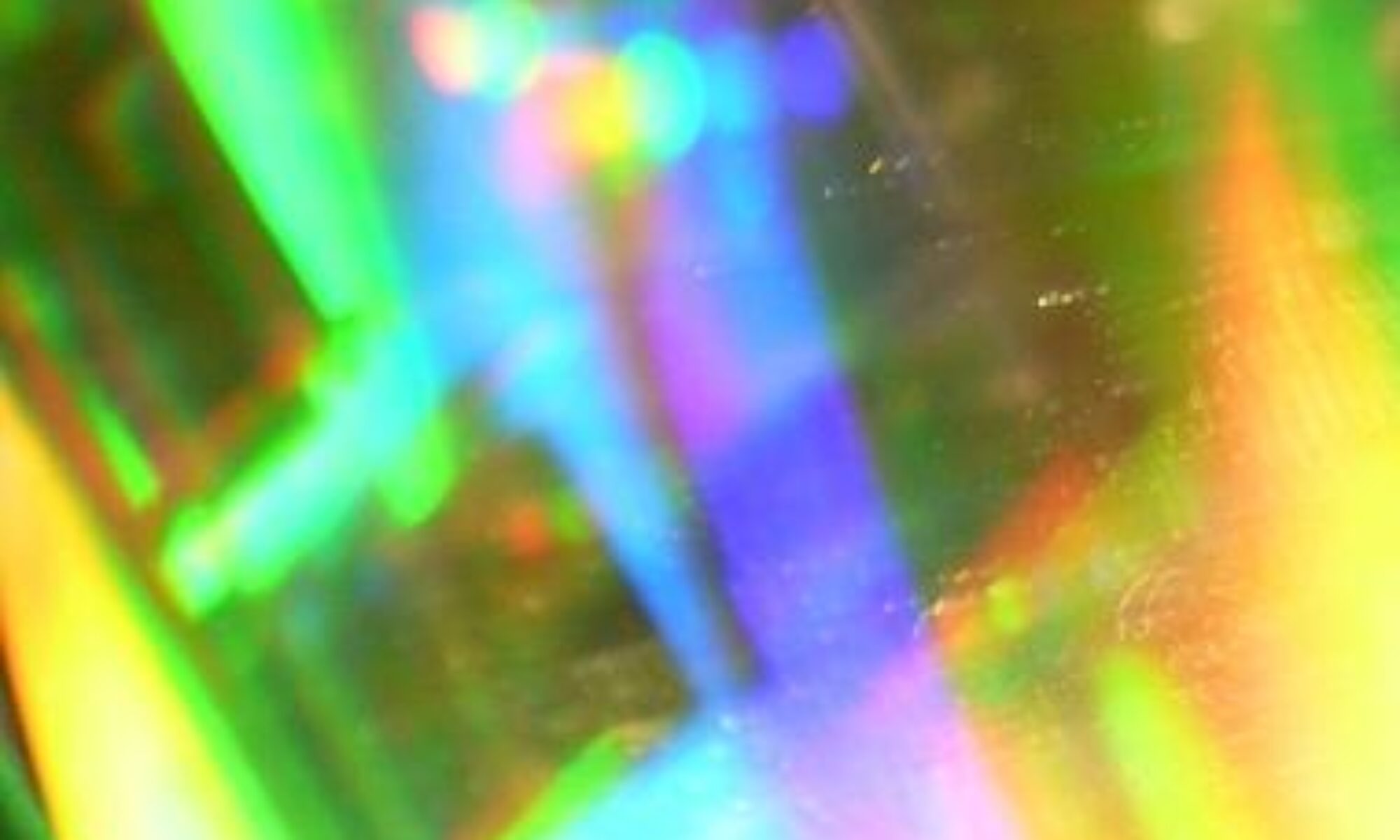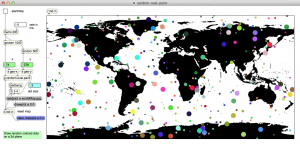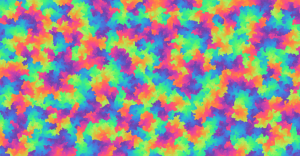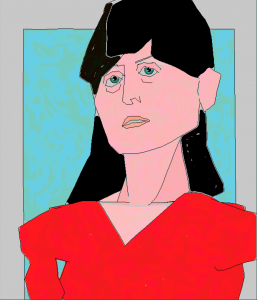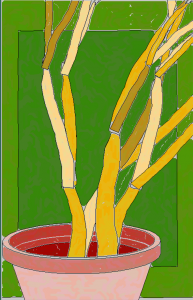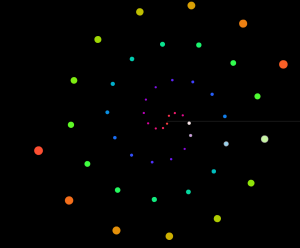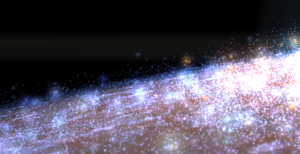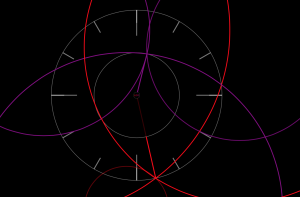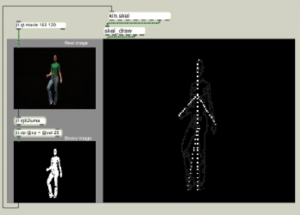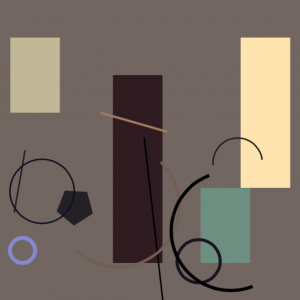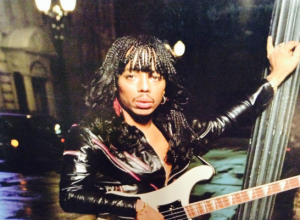Interactive video programming and performance
Spring 2015
teacher: Tom Zicarelli – http://tomzicarelli.com
You can reach me at: [email protected]
Office hours: Tuesday 1-2 PM, or Tuesday 4-5PM, at the EPD office #401 at 161 Mass Ave. Please email or call ahead.
Assignments and class notes will be posted to this blog: https://reactivemusic.net before or after the class. Search for: ep-426 to find the notes
Examples, software, links, and references demonstrated in class are available for you to use. If there is something missing from the notes, please ask about it. This is your textbook.
Syllabus:
Everybody calls this course “The Jitter class” – referring to Max/MSP jitter from Cycling 74. You will learn to use Jitter. But the object is to create interactive visual art. Jitter is one tool of many available.
The field of interactive visual art is constantly evolving.
After you take the course, you will have designed projects. You might design a new tool for other artists. You will have opportunities to solve problems. You will become familiar with how others make interactive art. You will explore the connection between sound, video, graphics, sensors, and data. You will be exposed to to a world of possibilities – which you may embrace or reject.
We will explore a range of methods and have opportunities to use them in projects. We’ll look at examples by artists – asking the question: How does that work?
Topics: (subject to change)
- Jitter
- Matrixes
- Reverse engineering
- Visualization of audio
- Visualization of live data, API’s
- Video analysis (realtime)
- Video hardware and controllers
- Prototyping
- Video signal processing
- OpenGL
- Other tools: Processing, WebGL, Canvas, 2d graphics
- Portfolios
- Live performance
Grading and projects:
Grades are based on two projects that you will design – and class participation. Please see Neil Leonard’s EP-426 syllabus for details. I encourage and will give credit for: collaboration with other students, outside projects, performances, independent projects, and anything else that will foster your growth and success.
I am open to alternative projects. For example, if you want to use this course as an opportunity to develop a larger project or continue a work in progress.
Reference material
https://cycling74.com/wiki/index.php?title=Max_Documentation_and_Resources
